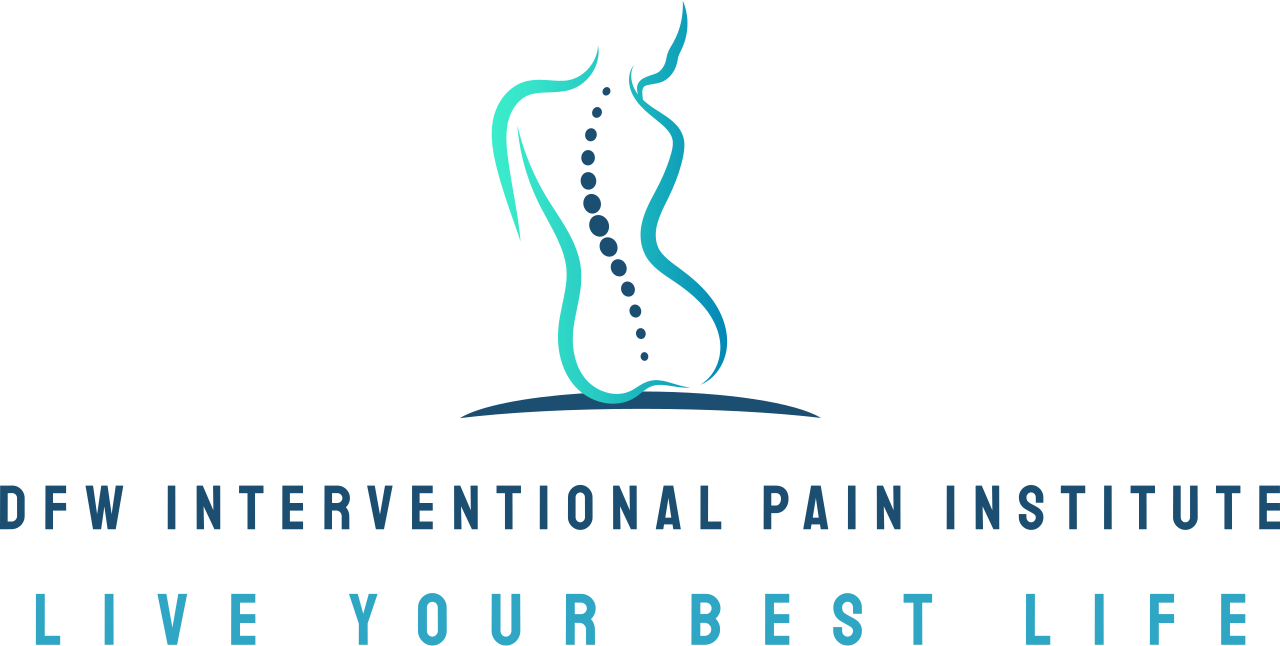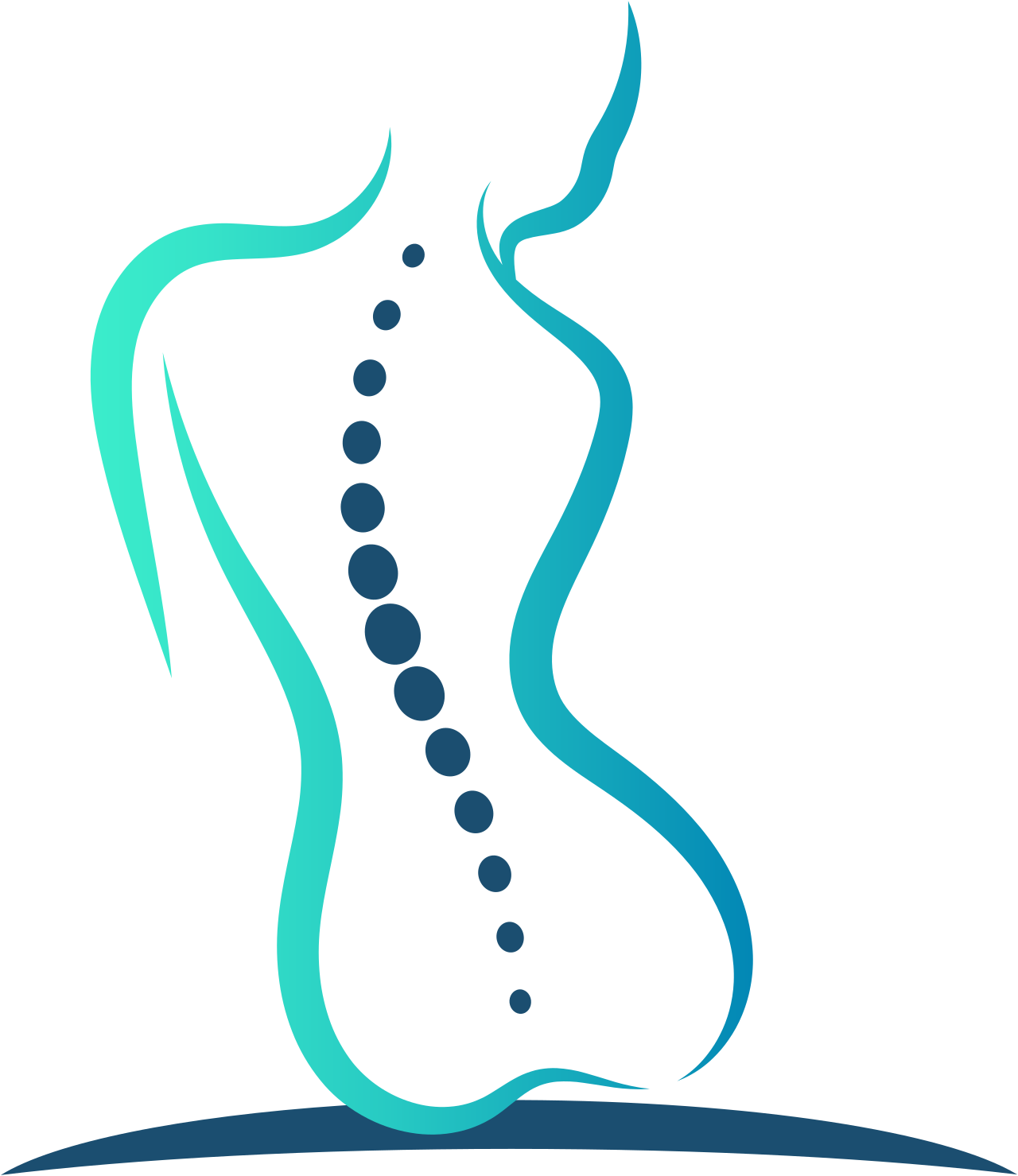Back pain: A comprehensive guide to common causes, types and treatments
There isn't a single person who hasn't experienced some form of back pain at one point or another. According to research from Georgetown University, every year 16 million adults suffer from chronic back pain, causing missed days at work and countless doctor visits. Yet, there's hope at the end of this aching tunnel. In this post, we'll go through everything you need to know about back pain, including its causes, types, when to seek medical help and the ways to treat and prevent it.
What are the common causes of back pain?
Back pain comes in all shapes, intensities and sizes, often resulting from a mix of different factors. The usual culprits include muscle strain due to overuse, inactivity or incorrect lifting techniques, osteoarthritis, disc herniation, spinal stenosis, spondylolisthesis, sciatica and injuries from sports.
Pain is our body's way of communicating something is amiss. It could be a simple muscle strain or a sign of a more severe condition, but it's crucial to listen to your body and seek medical attention when needed.
Where do most people experience back pain?
There are three main types of back pain:
Upper
Middle
Lower
These are a bit obvious at first glance, but it's important to separate them by location to help explain to Dr. Lopez and our staff a bit about where the pain is emanating from so that we can help you best.
Upper back pain, often coinciding with neck pain, is usually due to poor posture or muscle injuries. Symptoms associated with upper back pain can range from a dull, nagging ache to a sharp, burning sensation. Some may experience stiffness, reduced mobility and discomfort when sitting for prolonged periods, especially when hunched over a computer. In certain cases, the pain might radiate along the nerves, leading to numbness or tingling in the arms or shoulders. It's important to note that severe upper back pain, coupled with chest pain, could be a sign of a heart attack and should be evaluated by a medical professional immediately.
If you're feeling a dull ache near your spine or discomfort during certain movements, you might be dealing with middle back pain caused by injury or strain to the spinal discs. Middle back pain can also be the result of poor ergonomic habits, such as slouching in a chair or carrying a heavy load improperly. This type of pain is sometimes linked to more serious conditions like herniated discs or vertebral fractures. Symptoms can manifest as a deep, sharp, or burning pain in the area between the ribs and the lumbar spine. It may be exacerbated by certain activities, like twisting or lifting heavy objects. Additionally, middle back pain is sometimes accompanied by muscle tightness or spasms, which can further restrict movement and lead to discomfort when breathing deeply. While some middle back pains can be a mere inconvenience, persistent or intense discomfort warrants a consultation with a healthcare provider to determine the underlying cause and appropriate treatment.
Lower back pain is often a result of poor posture, incorrect lifting habits, or muscle fatigue, causing difficulty in standing upright. Symptoms associated with lower back pain can vary from a persistent dull ache to a sudden, sharp sensation that makes it hard to move. Some people may also experience chronic pain that makes daily tasks difficult. This discomfort can sometimes extend to the hips, legs or feet, and may increase after long periods of sitting or standing. Lower back pain can also involve muscle spasms, which contribute to reduced flexibility and range of motion. When acute, it could be a symptom of underlying medical conditions, such as a lumbar herniated disc or degenerative disc disease. Furthermore, conditions like sciatica could cause a sharp, shooting pain to travel through the buttock and down the leg, following the sciatic nerve's path. It's essential to monitor these symptoms, as they can hint at the severity of the condition and guide necessary medical interventions.
When should you see a doctor for back pain?
It's time to consult with a pain management doctor when your back pain becomes severe, disrupts your daily activities, stays for several weeks, or is accompanied by worrying symptoms like loss of bladder control, weakness, numbness, or tingling. Doctors like Dr. Edrick Lopez at DFW Interventional Pain Institute can help in diagnosing and treating the source of your pain using various imaging tests like X-ray, MRI or CT scan. After a diagnosis, Dr. Lopez and our team will put together a treatment plan that is tailored specifically to your condition and lifestyle.
What are typical treatments for back pain?
Treatments vary according to the cause and severity of your back pain. Mild cases can be eased with rest, ice/heat therapy, OTC pain medications, or physical therapy, while severe cases might need prescription pain medications, corticosteroid injections, or even surgery. At DFW Interventional Pain Institute, Dr. Lopez takes into account your complete health history to tailor a treatment plan that suits you best. He'll discuss what treatment options you feel comfortable with and which paths you feel comfortable taking and being consistent with, since treatment is only as effective as the dedication to sticking to it.
How can I avoid future back pain?
While one cannot always avoid back pain, steps can be taken to minimize the risk. Good posture, regular exercise, maintaining a healthy weight and avoiding heavy lifting can keep back pain at bay. For those already suffering from acute back pain, rest, limited activity and gentle stretching exercises can provide relief.
We help patients with all types of back pain at DFW Interventional Pain Institute.
Remember, back pain, while often debilitating, isn't a life sentence. With the right knowledge about its types, when to reach out for medical help and how to care for your back, you can reduce the risk of chronic back pain and improve your overall quality of life. If back pain is a part of your life, don't hesitate to make an appointment with us at DFW Interventional Pain Institute to explore your treatment options.

